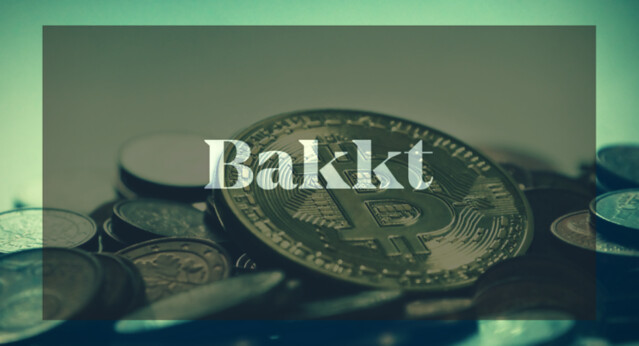Blockchain adoption is being hampered by current crypto strategies. Businesses are exposed to unpredictable operating costs when gas tokens exhibit inflationary behaviour similar to commodities and fluctuate in price dramatically.
Blockchain technology, in the opinion of Unifi Protocol, has a crypto issue. Without creating a native currency, they aim to disrupt industry norms and develop a blockchain that is more economically viable.
Unifi Protocol ($UNFI) is developing the next class of blockchain, and it is based on the idea of economic sustainability.
The Unifi Protocol claimed to have found a solution to the volatility and speculative problems plaguing the bitcoin sector. Unifi recently unveiled Stablechain, a novel blockchain that would rely on stablecoins rather than its own native cryptocurrency to cover transaction fees (gas).
With established expenses and no exposure to owning fluctuating cryptocurrencies, businesses will be able to build on Stablechain. By adopting blockchain technology into their business models, all sectors of the economy can take advantage of these efficiencies and reduce their network and server expenses.
“A tokenless blockchain like Stablechain will incentivize innovation across all industries more sustainably, by creating a cycle of reliability, predictability, and efficiency. When businesses and users are only paying for the cost of using the network, instead of acting as investors in a native token, it creates the stable ecosystem necessary for innovation. I cannot wait to see what people will build on Stablechain.”
Juliun Brabon, Unifi Protocol CEO
Building on Stablechain can allow a smooth transition to Web3 without forcing users to interact with any “crypto apps,” whereas in the past this was considered disruptive and hazardous.
Stablechain does not have the restrictions that come with creating a network that runs on bitcoin tokenomics. Unifi Protocol has a history of developing cutting-edge blockchain technologies.
Unifi is introducing its fully-collateralized UP token on the first of many blockchains, acting as one of the first “crypto savings accounts” with low-risk, secure yield generation.



